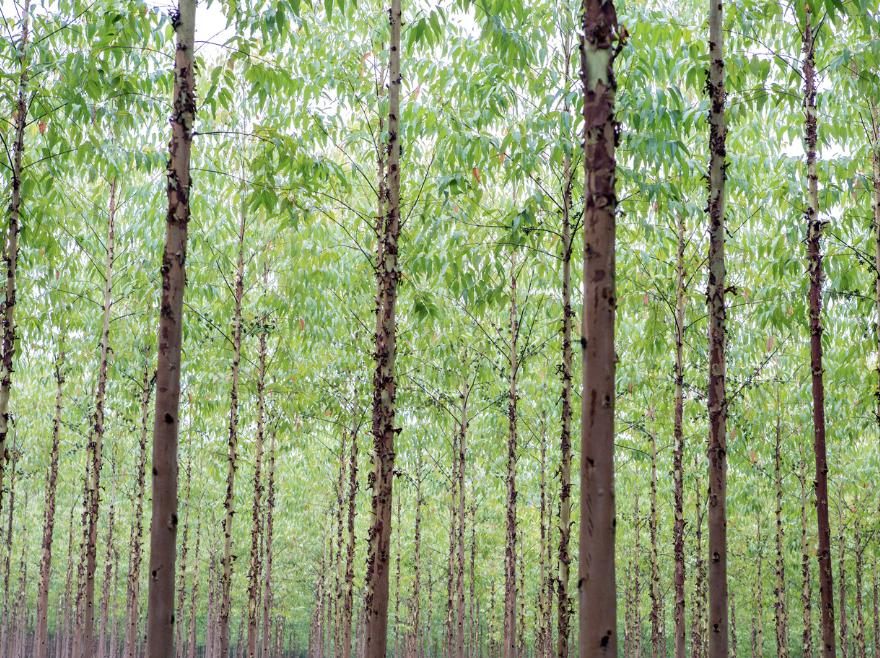Today, we’ll learn a few facts about reforestation, its global impact, and what the world is doing to help.
1. Reforestation means planting trees in areas where forests have been destroyed, helping to restore healthy ecosystems.
2. There are approximately 10 billion acres of forested land on Earth.
3. Forests aren’t spread equally across the globe. The United States, Canada, China, Brazil, and Russia contain 50% of the world’s forests.
4. Every year, we lose up to 24 million acres of forest.
5. An estimated 80% of the world’s land-dwelling species live in forests.
6. Trees play a critical role in fighting climate change by absorbing excess carbon from the air. Carbon dioxide is a greenhouse gas that, in reasonable amounts, helps maintain the Earth’s warmth. But we are burning fossil fuels at extremely high rates. This releases too much carbon into the atmosphere, which can cause the Earth to get too hot. This leads to many environmental problems, like drought, flooding, and species loss.
7. The Great Green Wall is an African-led initiative to restore 247 million acres of degraded land by 2030. The goal is to establish green, productive landscapes across the Sahel region, from northern Senegal to Ethiopia. It will increase food security, green job opportunities, sustainable land use and wildlife habitats.
8. Trees are essential for preserving water. They absorb water from the ground and release it back into the air through their leaves (called transpiration). This water becomes clouds, which release rain, helping to maintains the water cycle. Also, the water released by trees cools the air.
9. Restoring forests helps protect biodiversity, the variation of genes, organisms, and ecosystems on Earth. Biodiversity provides humans with food, medicine, and economic stability. Additionally, it’s critical for pollination, functional food systems and habitats for wildlife, water conservation, and climate control, etc.
10. Trees prevent erosion. Tree roots help hold the soil in place. Their canopies prevent too much rainwater from reaching the ground. Combined, this helps prevent landslides, flooding, etc.
11. Forested areas can create healthy topsoil. This is the upper layer of soil where most activity happens. Because trees hold soil in place, they prevent topsoil from blowing away (wind erosion). We rely on topsoil to grow healthy, nutrient-rich crops. It also filters water and captures carbon. It can take a thousand years for one inch of topsoil to be created. This is why it’s so important to preserve it.
12. The Trillion Tree Campaign, initiated by the United Nations Environment Program, has set a target to plant one trillion trees by 2030.
13. Some countries have made significant progress with reforestation efforts. Costa Rica has increased its forest cover from 40% in 1987 to over 60% currently. It’s the first tropical country in the world to reverse deforestation.
14. Spending time in green spaces can have a positive impact on health. People who live in greener urban areas experience less heart problems, obesity, asthma hospitalizations, mental health issues and diabetes.
15. Reforestation efforts are not limited to land. Marine reforestation – aka seaforestation – is the practice of restoring water bodies. This includes restoring plant life both in and around the water, like mangroves, seagrass, and kelp. These organisms provide animal habitats, food, and carbon storage.
Sources
https://www.fao.org/state-of-forests/en/
https://climatekids.nasa.gov/carbon/
https://www.unccd.int/our-work/ggwi
https://www.nature.com/articles/s41598-019-44097-3

